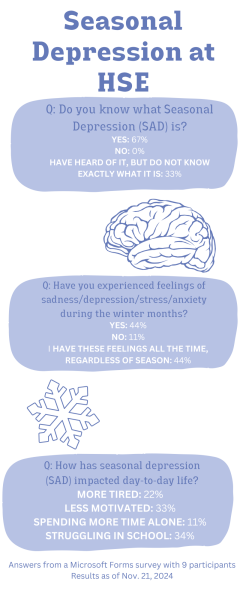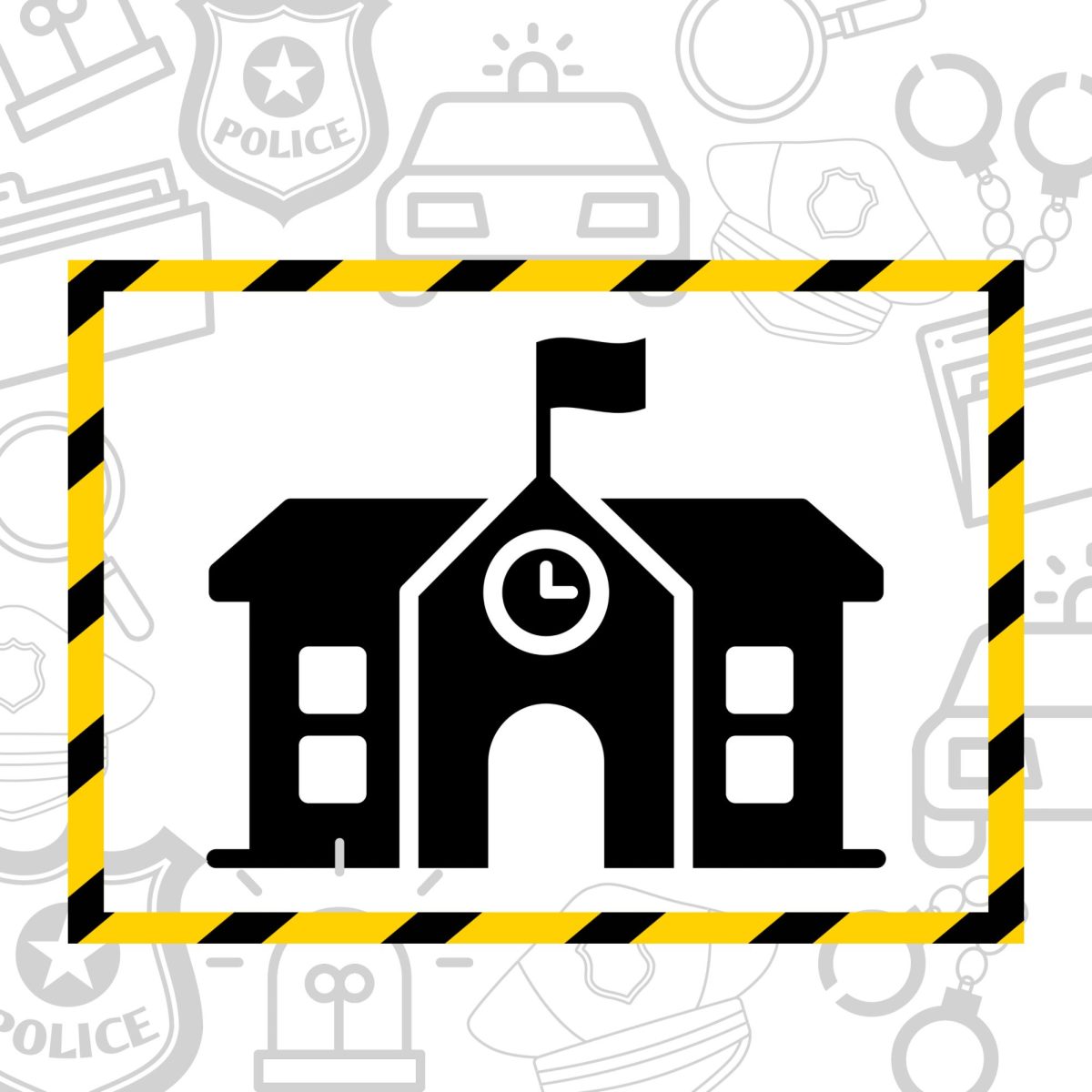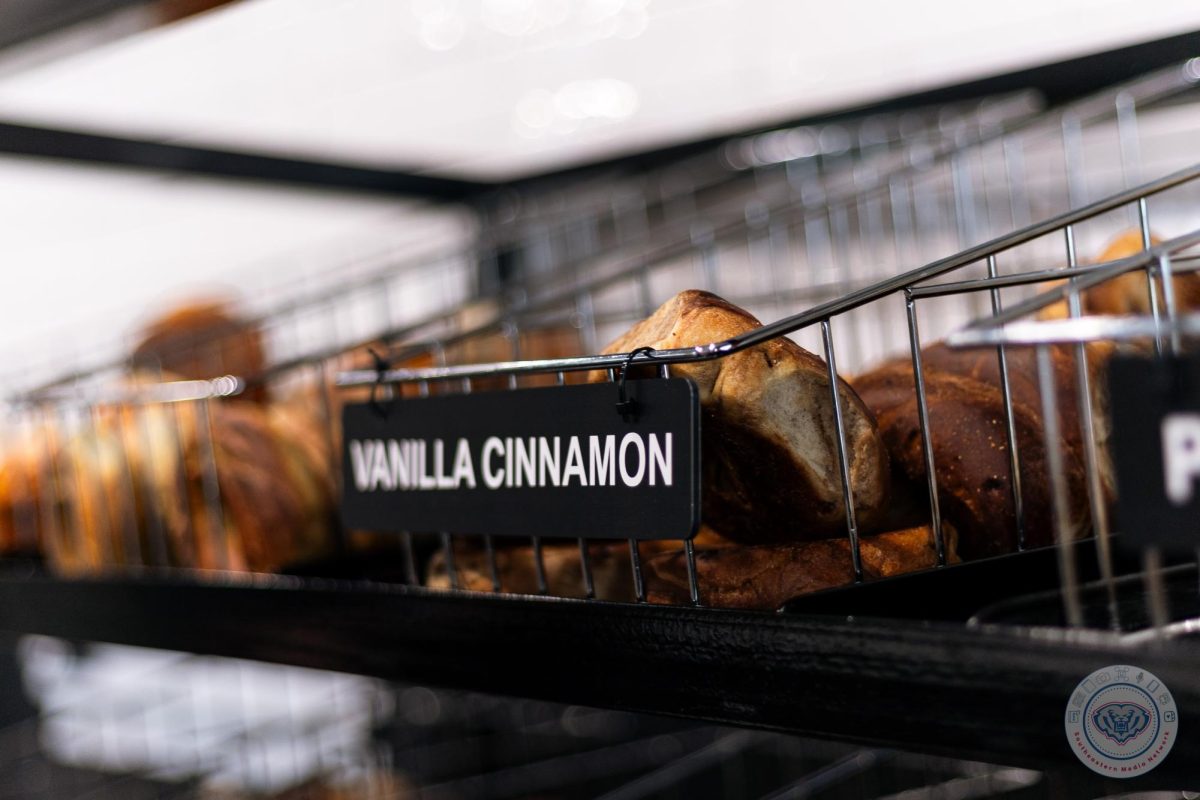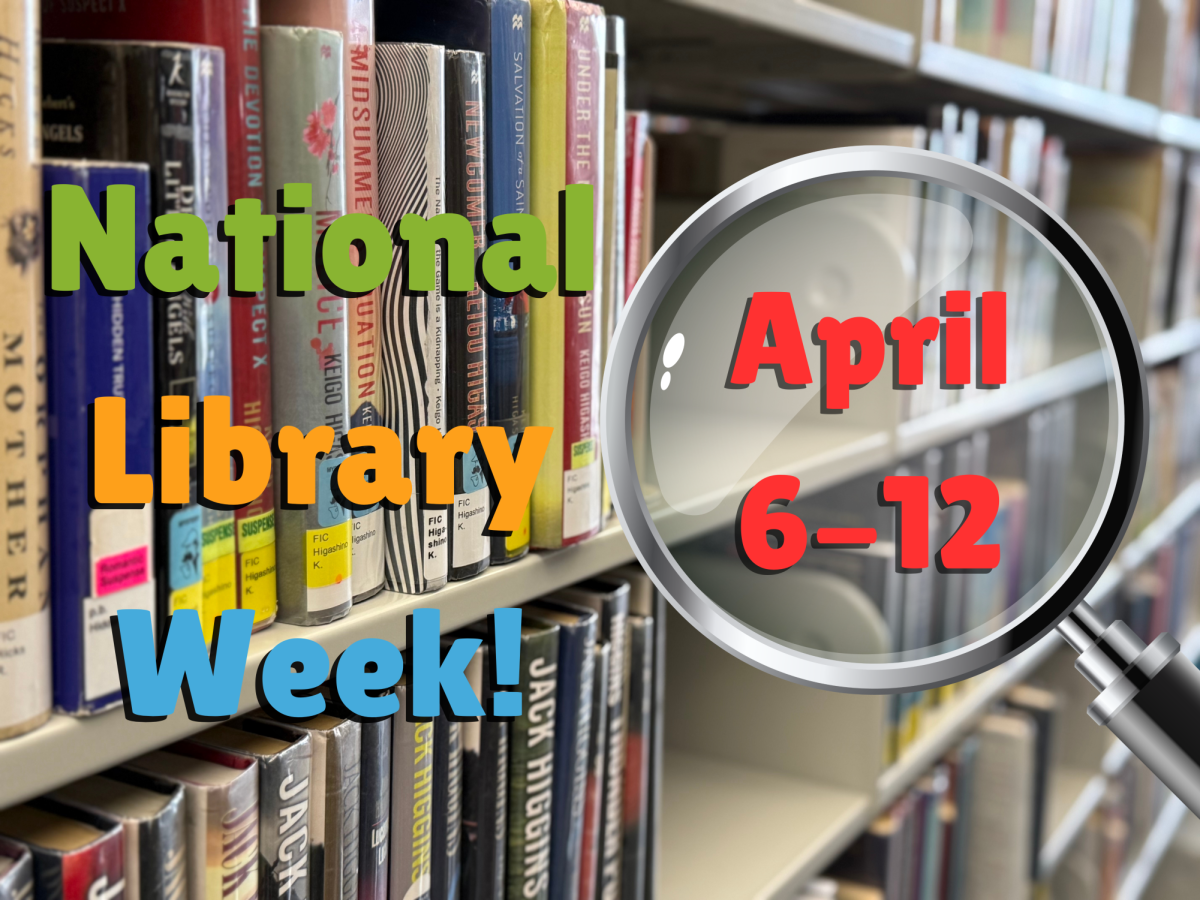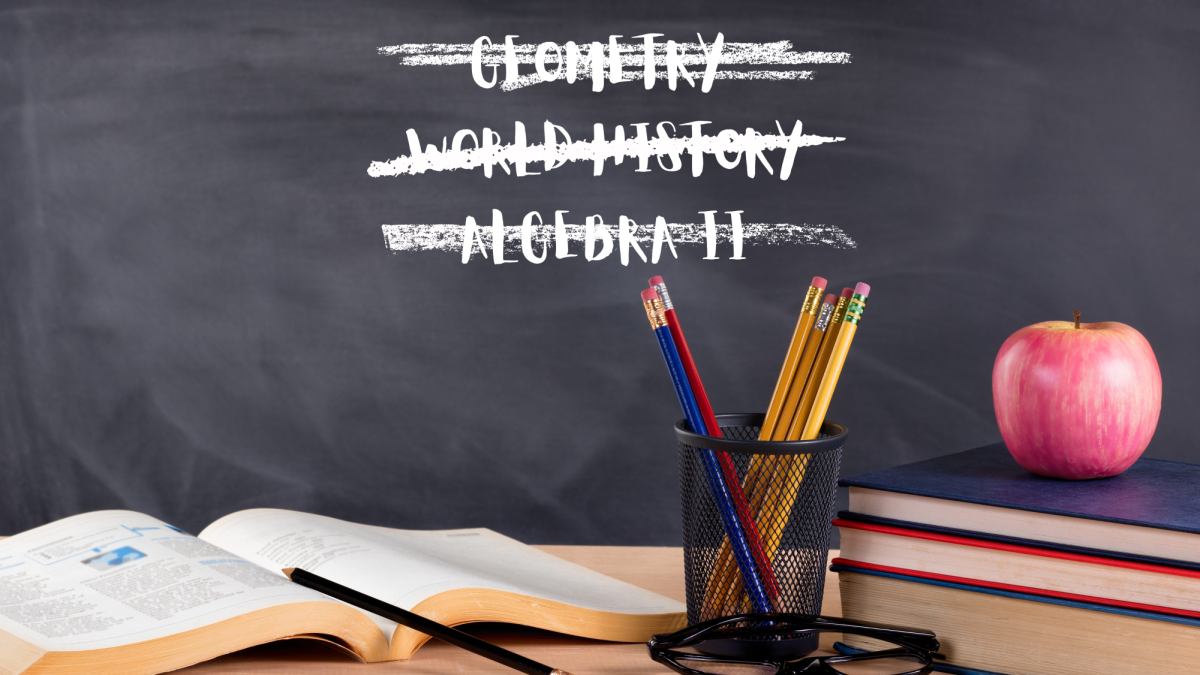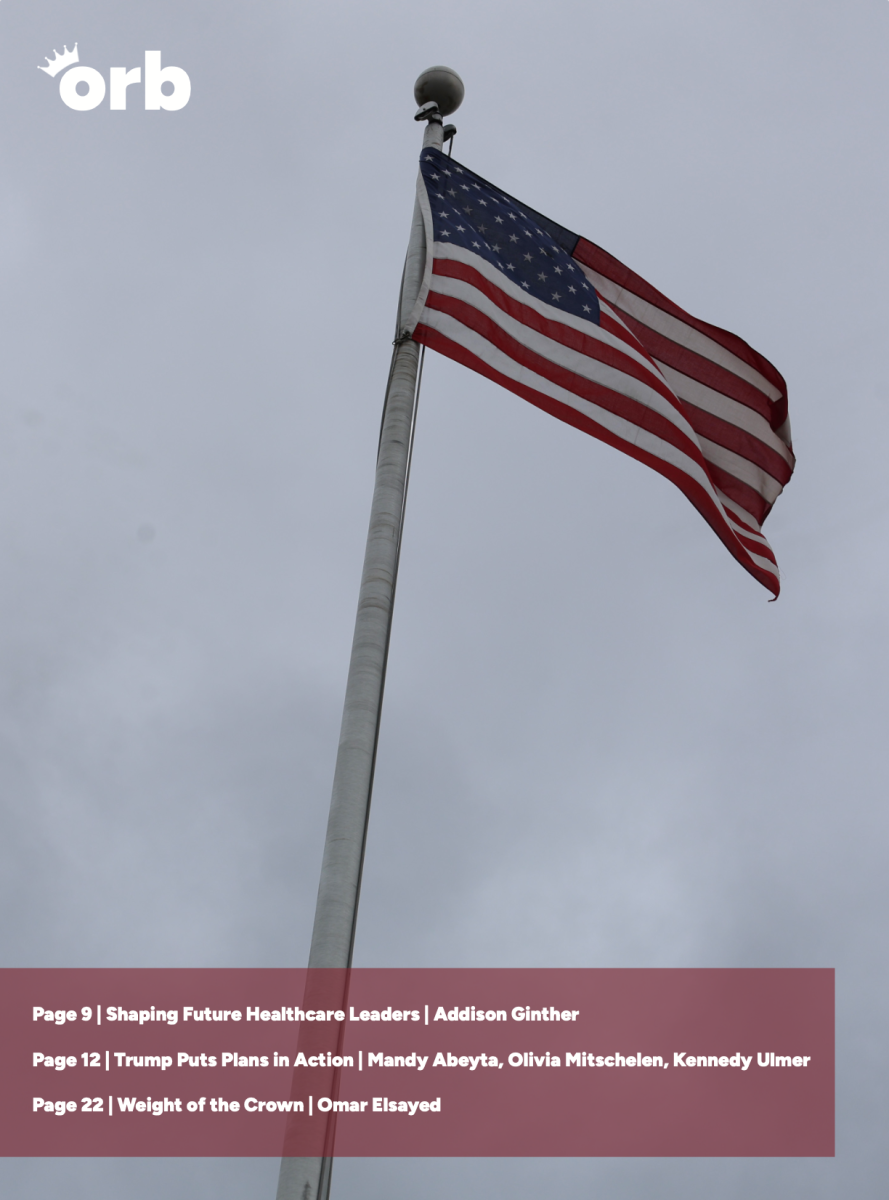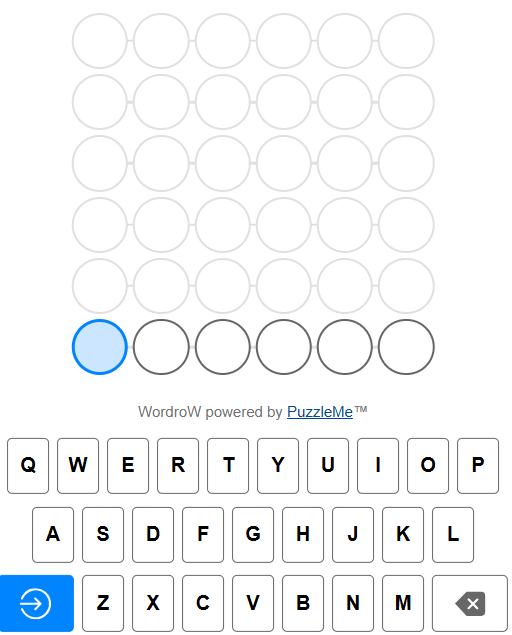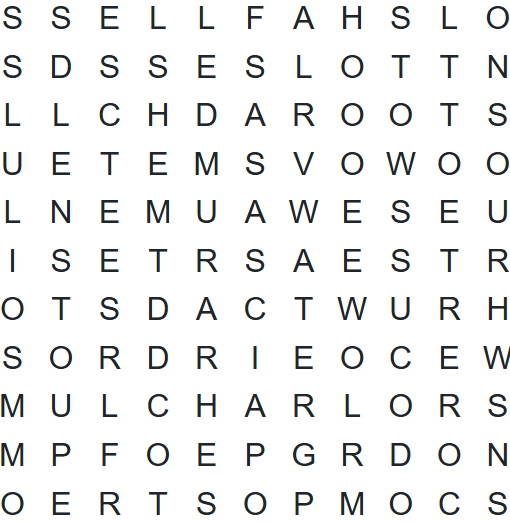Seasonal depression is a common term that begins to pop up again as the winter months arrive. Psychology Today defines it as “a type of depression that occurs during specific seasons, usually fall and winter.
Unlike regular depression, these feelings may be easier to shake once there is a shift in the individuals’ surroundings. Nonetheless these feelings are very real and affect the day-to-day lives of high school students.
“[Seasonal depression makes me] feel sad, tired, and unmotivated,” shared an anonymous participant of a Southeastern Media Network survey about seasonal depression. These feelings are very common for those experiencing symptoms of seasonal depression.
Some of the most prevalent symptoms can include low energy, persistent sadness, loss of appetite, and insomnia.
According to bf.kendal.org, seasonal depression is most commonly found in people ages 18-30. Researchers at Thriveworks looked at the Google interest for “seasonal depression”. They started collecting data in 2018 and so far, the highest spike has been during 2023. This year, it is expected that on average the search interest will be 33.8 out of 100.
“My depression typically spikes during certain times of the year,” senior Erin Lock said. “One near the end of summer and then it spikes back up during the holidays. It typically leaves me more drained than usual, and I get overwhelmed more easily.”
Multiple participants of the survey have claimed the feelings are a result of the changing weather.
“Since it’s dark so early I just want to go to bed and I don’t feel motivated to do work,” one response said.
Anyone can be impacted by seasonal depression, even if they are generally happy and active within school and the local community.
Junior Guryon Dhaliwal is very active in the local community. He is the president of the Badminton Club, a member of the Speech and Debate Team, and has currently logged over 60 hours of community service for National Honor Society. However, despite his reputation as someone who is very busy with community involvement, he still feels himself slowing down during the fall and winter months.
“The fall and winter months can sometimes bring feelings of stress and a sense of being overwhelmed, especially with shorter days and colder weather,” Dhaliwal said. “It has become hard to keep up with my activities.”
According to mayoclinic.org, the reason for why seasonal depression typically occurs during the colder months could be due to the reduced sunlight which in turn reduces serotonin levels. Reduced serotonin levels will affect one’s mood.
According to renown.org, in teenagers, symptoms tend to revolve around school issues. This can be shown by showing up late for class, waking up late, and losing interests in activities.
Also, considering that the workload increases for most high school students during the fall and winter, it is reasonable for students to experience higher levels of stress surrounding school during this time.
“I will often see students start to feel overwhelmed by the volume of projects, homework, and assessments, especially with finals coming up,” school social worker Kylene Toney said.
Dhaliwal balances schoolwork and mental health by practicing mindfulness, maintaining a routine sleep schedule, and setting goals for himself.
“[I have found that] rewarding myself after completing tasks and taking regular breaks for self-care helps me stay focused and keep motivation levels up,” Dhaliwal said.
Dhaliwal also likes to stay active in the community, as it helps him stay positive and feel fulfilled.
“[I enjoy] volunteering regularly at local organizations, participating in events that bring people together, or contributing to a cause, like helping at food drives or mentoring younger students,” Dhaliwal said. “Those are great ways to stay engaged and give back to the community, especially during the winter holidays.”
Unfortunately, even though the winter holidays are the time where donations and volunteers are
arguably most needed, it is difficult for students to involve themselves in community activities due to seasonal depression.
“Some students are energized around the holidays, looking forward to the upcoming break and celebrations. Others that struggle with anxiety and/or depression might find themselves withdrawing from others and disengaging from socialization,” Toney said. “Anxiety and depression become a problem when they interfere with functioning, and this includes social functioning.”
These feelings tend to make students want to remove themselves from social setting and isolate themselves as much as possible.
“When I feel overwhelmed, I don’t like spending time with others, so I tend to be on my own a lot.” Lock said.
This results in less community engagement around the holidays, which should be a time for more community engagement.
School social worker Mrs. Kylene Toney has suggestions for how to combat feelings of depression and anxiety during the winter months.
“The first step in coping with strong emotions is identifying [your] triggers,” Toney said. “This way, [you] can fill [your] toolbox with healthy coping mechanisms to use when [you] start feeling down.”

Some ways to recenter include grounding exercises, progressive muscle relaxation, and guided breathing. Guides and tutorials for these techniques can be found for free on YouTube.
Many students like to use music as an outlet to decompress, such as junior Justin Pearson.
“I like listening to sad music when I am feeling depressed,” Pearson said. “It feels therapeutic and helps me remind myself that I am not the only one going through this.”
According to agoodplacetherapy.com, listening to sad music can release hormones called prolactin. These hormones help with mental pain. Listening to sad music can also regulate one’s mood because it creates connection. Starting a playlist with songs that gradually change the mood from sad to happy can help relax the brain and improve one’s mental state.
Additionally, several recent studies have proven the effectiveness of light therapy for easing symptoms of seasonal depression. Light therapy masks and lamps can improve one’s mood by providing more light in one’s cornea, and are available for purchase on Amazon.
Seasonal depression may seem like a never ending battle for high school students, but with the right support and coping mechanisms, it is possible to overcome these feelings.

